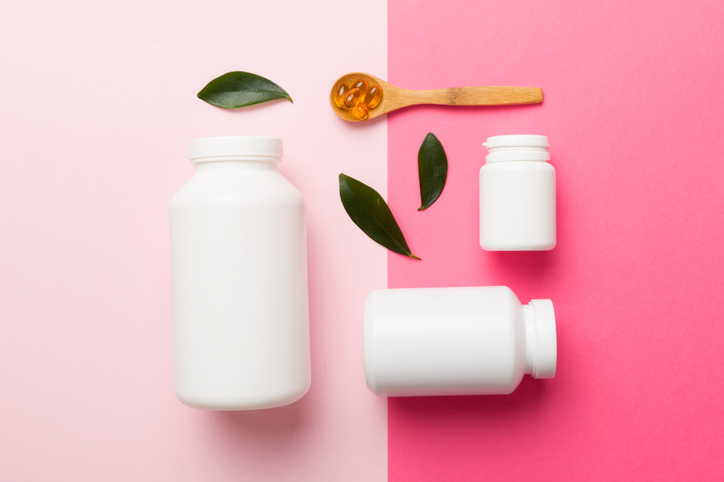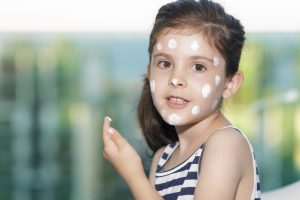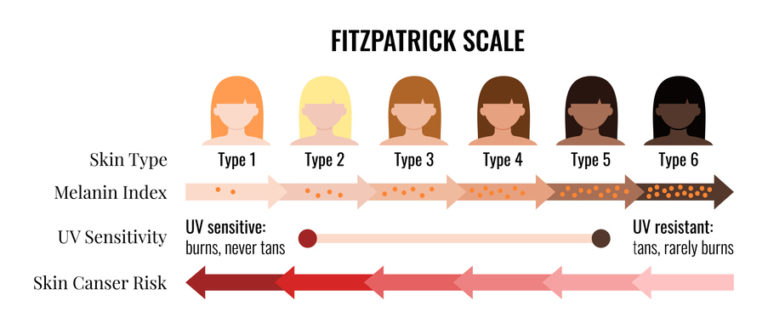
Top 3 Vitamins We Love for Skin Health
Learn why we love Vitamin B3, Vitamin C, and Vitamin D, and how each can make a difference in your skin health.
Dr Michael Rich is a specialist dermatologist who has been performing tumescent liposuction for over 30 years. Find out if Liposuction is suitable for you at ENRICH Clinic.
At ENRICH Clinic, we have a wide range of dermatological and cosmetic body treatments tailored to individual body and patient needs.
At ENRICH Clinic, our treatments are performed by our medical team consisting of doctors, nurses, and dermatologists and are tailored to each patient’s skin health needs.
ENRICH Clinic is committed to your skin health and well-being with a range of dermatological & cosmetic treatments tailored to the individual. Our treatments are performed by our medical team consisting of doctors, nurses, and dermatologists.
Skin health is essential for everyone. ENRICH Clinic has a wide range of technologies and dermatological solutions to help you achieve your skin care goals.
There are so many reasons making your own products at home is a great idea, but when it comes to sunscreen, the jury is out: don’t do it!
There are concerns with some ingredients in commercial sunscreens; some of the cheaper sunscreens contain controversial components. Not all sunscreens are created equal, some ingredients are worse than others, but homemade sunscreen is worse than them all. Why? Because research shows that these DIY sunscreens simply aren’t up to a sunscreens main job: UV protection.
DIY sunscreen recipes from beauty or wellness bloggers on Instagram or Pinterest do not take into account the molecular complexity of sun protection factors in commercial sunscreens, which require stringent testing before going to market – by law. These laws exist because so many sunscreens historically came up short, simply not offering adequate sun protection and indeed not the protection claimed on the labels.
Your favourite influencer on Insta might have a lovely colour palette and good lighting, but that does not a sunscreen expert make.
It is true that this level of expertise doesn’t matter anywhere near as much when you’re making natural soap and moisturisers, but remember, humans have been perfecting soap and moisturiser recipes since the ancient times.
Sunscreen, however, has a less soft and silky history, with the original sun protection being mud, a hat, or a good old fashioned shady tree. Sunscreen is a very recent invention and, compared with moisturiser or soap, pretty complex. Additionally, the ozone layer is as thin as it’s ever been; in the past, we just didn’t get as sunburnt, and certainly not as quickly as we do now. Therefore, we need high-quality lab-tested sunscreen products more than ever.
The ingredients used in DIY sunscreen vary but typically include essential oils (like lavender and raspberry), coconut oil, shea butter and sometimes – but not nearly enough – zinc oxide. Zinc oxide is used in sunscreens and is a known and trusted UV blocker, but only found it in about a third of natural sunscreen recipes in an analysis. Add to the fact that pure oils on your skin can effectively burn your skin, not moisturise.
Sun Protection Factors (SPF) is the rating system for sunscreens, with some ratings on essential oil SPF charts based on some rickety assumptions often not based in science. For example, some claim the SPF ratings of raspberry-seed oil is 50 when in reality, it is more like SPF 1-3 (almost useless against the sun). Another common oil touted as having an SPF of 40 is carrot-seed oil, which again, in reality, has negligible SPF.
The science into plant oil SPF is clear. Plant oils used in homemade sunscreens make ineffective sunscreen (but otherwise lovely moisturiser recipes). 
Researchers analysed 15 sunscreen recipes found online to assess their photoprotective effectiveness. Researchers made the products in the lab following the instructions posted online, as per each recipe.
Specific indicators determined the efficacy of each of the preparations: the SPF, the Protection Factor in the UVA domain (PF-UVA) and the critical wavelength.
Sunscreen formulation expert, Saul Pyle, did experiments using a DIY zinc oxide-based sunscreen recipe. The final product was measured with a spectrophotometer (a special sunscreen testing device) to establish how much UV the sunscreen absorbed at different wavelengths. The natural sunscreen was then compared to commercially available SPF50+ sunscreen with identical amounts of zinc oxide (typically about 26 per cent).
The homemade sunscreen had about half the UV absorbance of the commercial sunscreen. While this might not seem like a huge deal, the SPF factor and amount of zinc oxide don’t necessarily correlate in an orderly fashion, as you might expect: equal zinc levels do not mean similar protection factors. In this case, the DIY sunscreen had a very low SPF of about 5, even though the zinc levels were the same in both products.
Amanda Foxon-Hill, a cosmetic chemist, working to develop effective natural sunscreen for many years, scientifically tests for SPF. Unfortunately, despite her best efforts and the high-tech gear, her sunscreens were not rating as she would have expected based on their ingredients. Foxon-Hill eventually found success in her formulations, but every time a component is changed (for example, she adds a new fragrance or preservative), the SPF is negatively affected, and a reformulation is required.
Many of us are concerned about the impact of the products we consume, whether that’s due to sensitive skin, allergies in kids, or reducing plastic waste. Our reasons are all valid and important.
Due to consumer demand, high SPF, lab-tested natural sunscreen products are appearing on our shelves, albeit a little slowly. Keep an eye on your favourite sunscreen brands.
Unfortunately, DIY sunscreen is currently not a safe avenue for skin and increases the risk of skin cancers and premature ageing.
Remember, a good sunscreen is the best anti-ageing treatment you can have.
If you’re not sure what products are safe for skin, talk to us at ENRICH Clinic in Melbourne, and we’ll point you in the right direction. If you’re concerned about skin cancers or sun damage, come in and see us for a skin cancer check and skin assessment. We can help.
We love skin and are sun damage and skin cancer experts – make a booking today.
ENRICH Clinic
*With all surgeries or procedures, there are risks. Consult your physician (GP) before undertaking any surgical or cosmetic procedure. Please read the consent forms carefully and be informed about every aspect of your treatment. Surgeries such as liposuction have a mandatory seven-day cooling-off period to give patients adequate time to be sure of their surgery choice. Results may also vary from person to person due to many factors, including the individual’s genetics, diet and exercise. Before and after photos are only relevant to the patient in the photo and do not necessarily reflect the results other patients may experience. Ask questions. Our team of dermatologists, doctors and nurses are here to help you with any of your queries. This page is not advice and is intended to be informational only. We endeavour to keep all our information up to date; however, this site is intended as a guide and not a definitive information portal or in any way constitutes medical advice.
"*" indicates required fields
Combining Dr Rich’s dermatological skill with his knowledge of restorative skin regimes and treatments, the ENRICH range is formulated to help maintain and complement your skin. Our signature Vitamin C Day & Night creams are now joined by a Vit A, B,&C Serum and a B5 Hyaluronic Gel, both with hydration properties and much, much more.

Learn why we love Vitamin B3, Vitamin C, and Vitamin D, and how each can make a difference in your skin health.

Learn what the Fitzpatrick skin type system is and why we always check your skin type before any procedure at Enrich.

We address skincare trends & debunk myths while also providing guidance on products & treatments you should avoid based on your skin type.

Makeup can temporarily make your skin look flawless & dewy, but it merely masks imperfections & may not address the root causes of your skin concerns.
Subscribe to the ENRICH newsletter and receive latest news & updates from our team.
Enrich Clinic acknowledges the Traditional Lands of the Wurundjeri Woi Wurrung and Bunurong peoples of the East Kulin Nations on which we work and trade. We pay respect to their Elders past, present and emerging. We extend our acknowledgement and respect to the LGBTQIA+ community who we welcome and support. Read our full Acknowledgement Statement here
